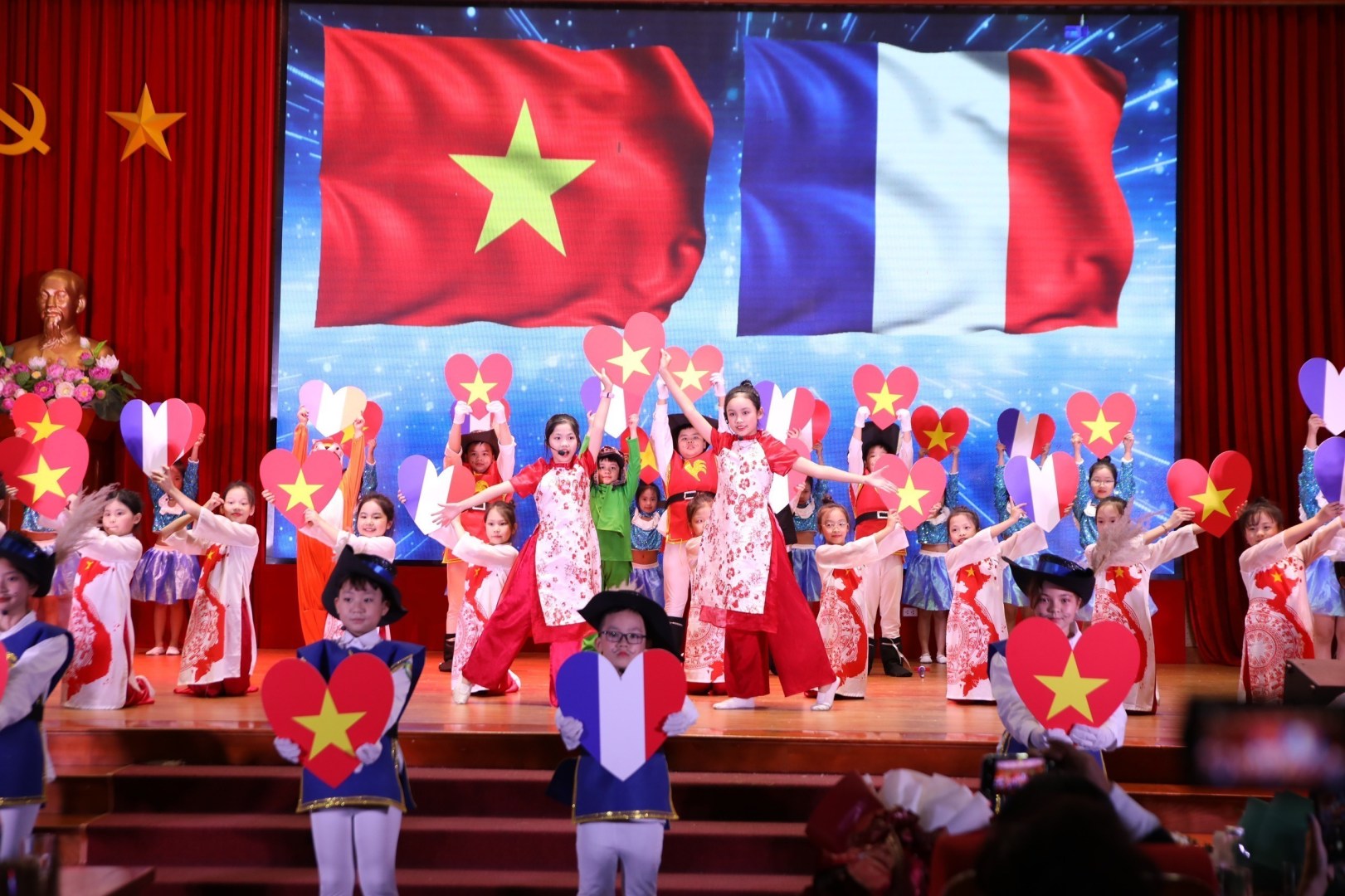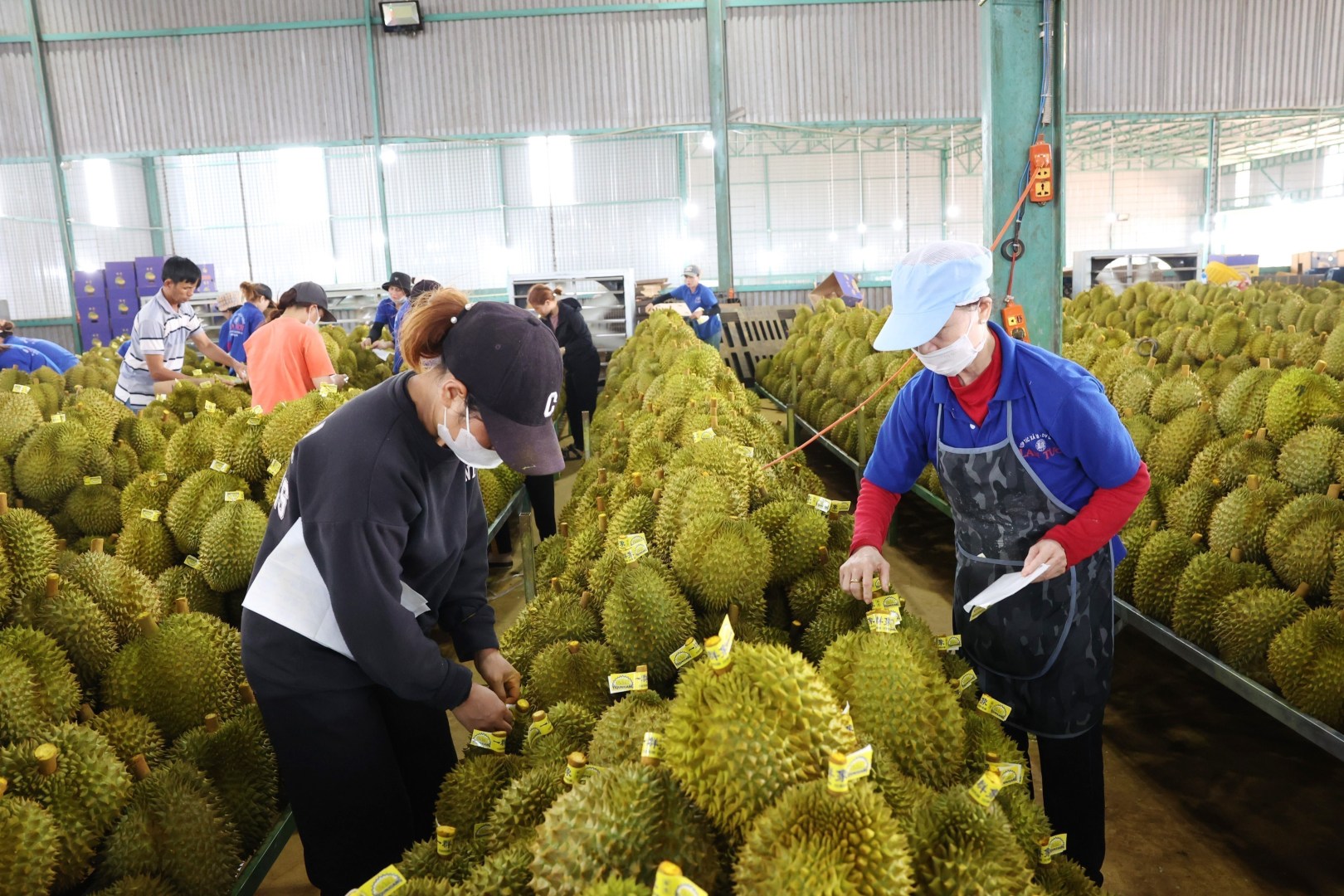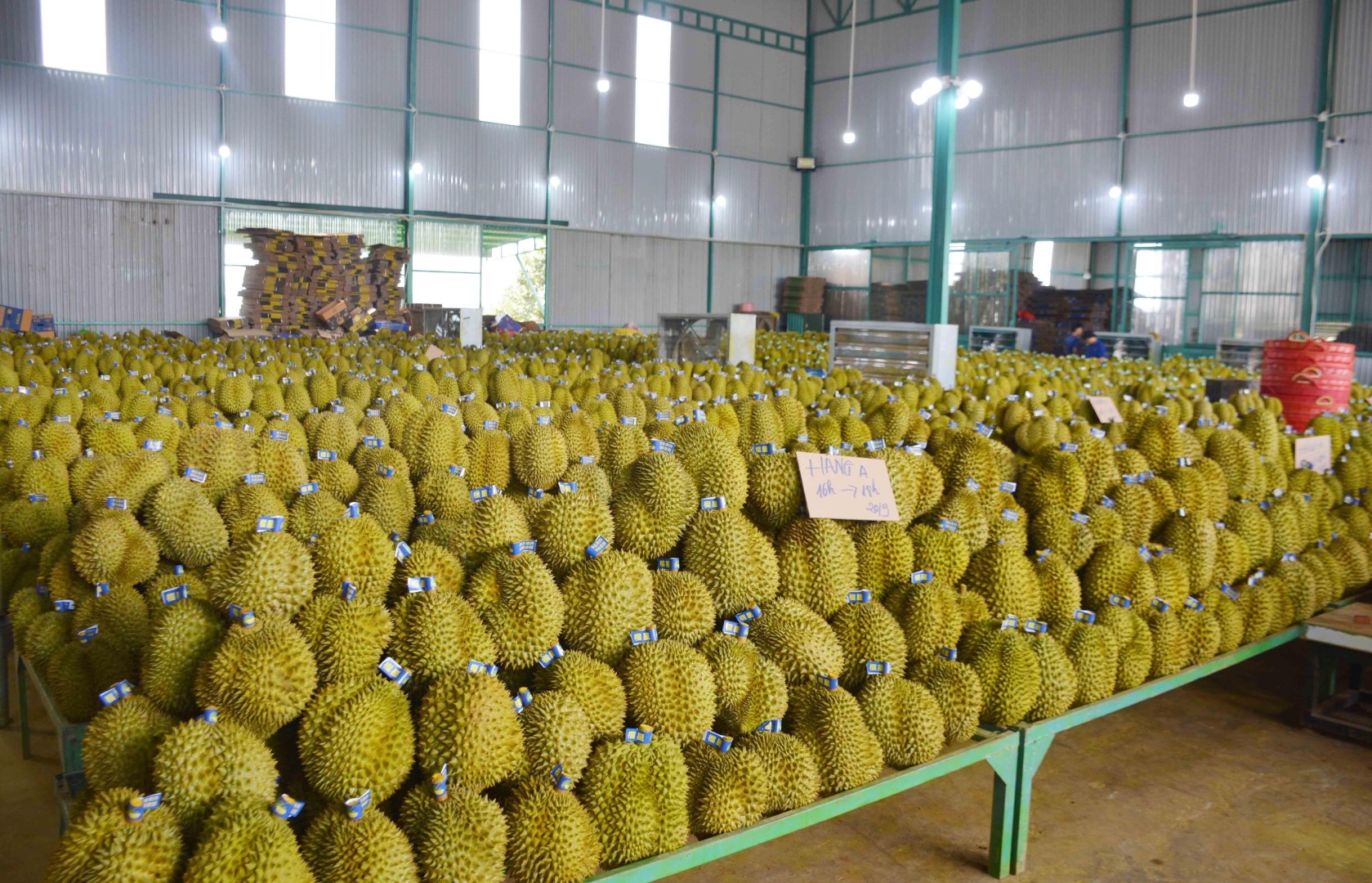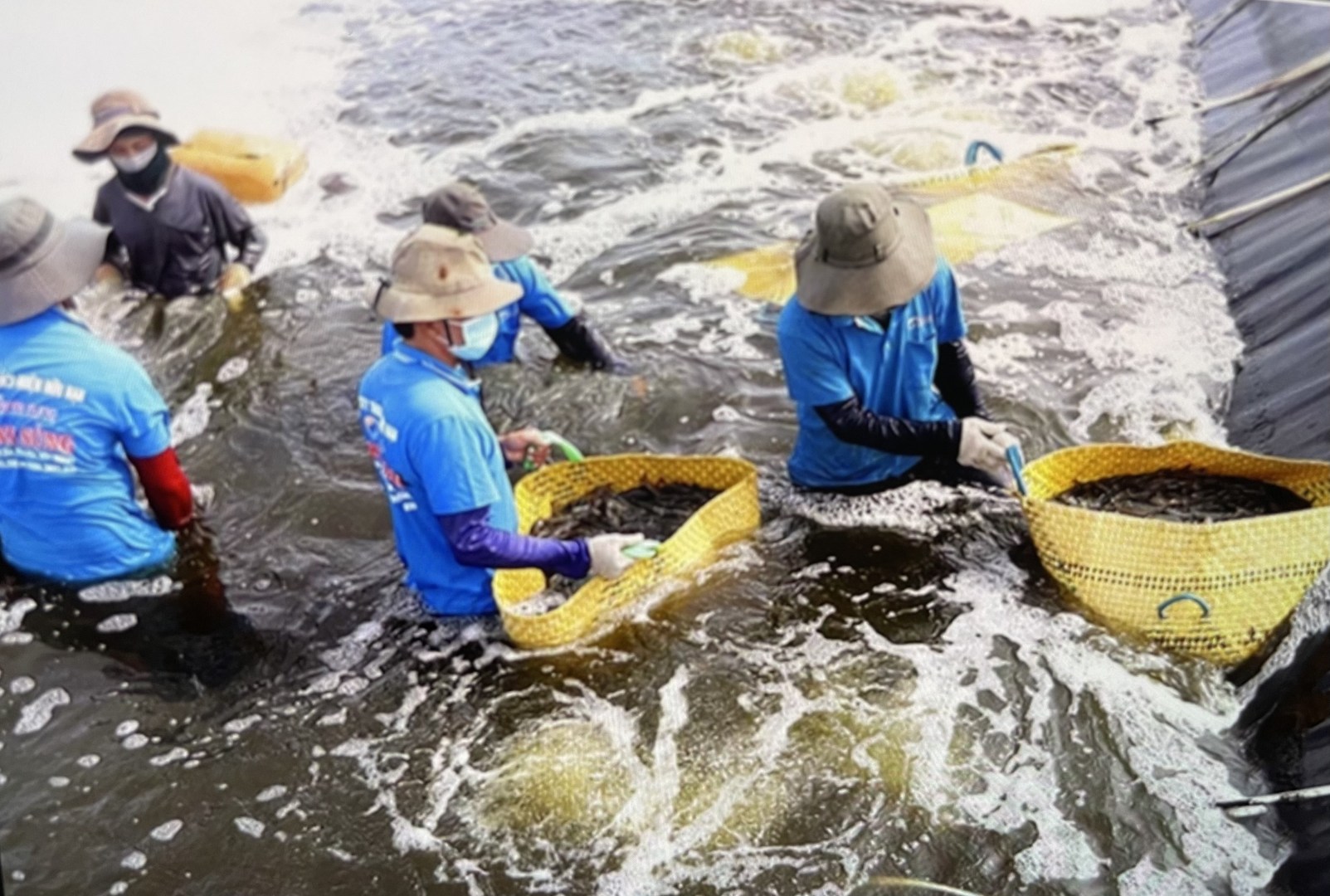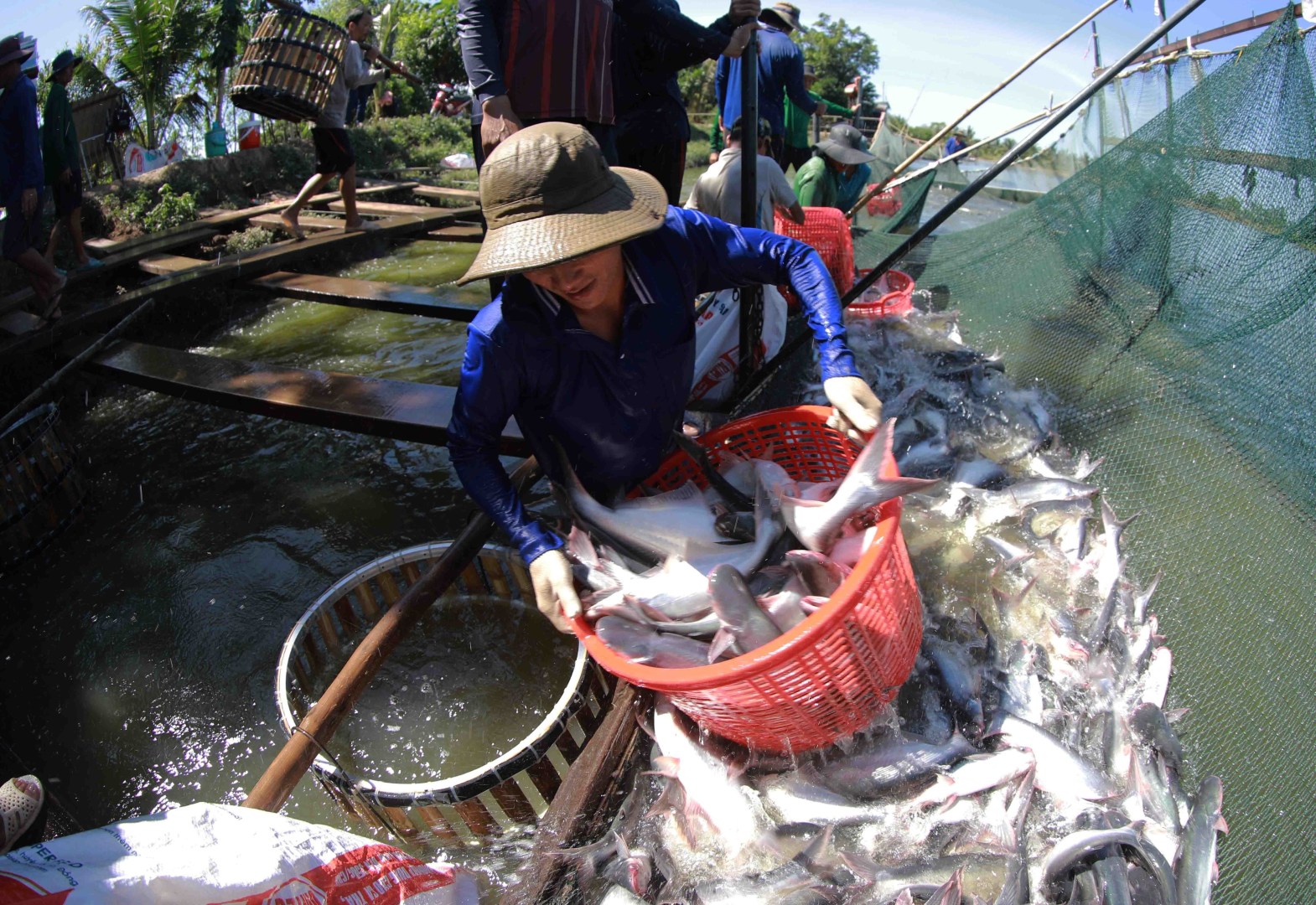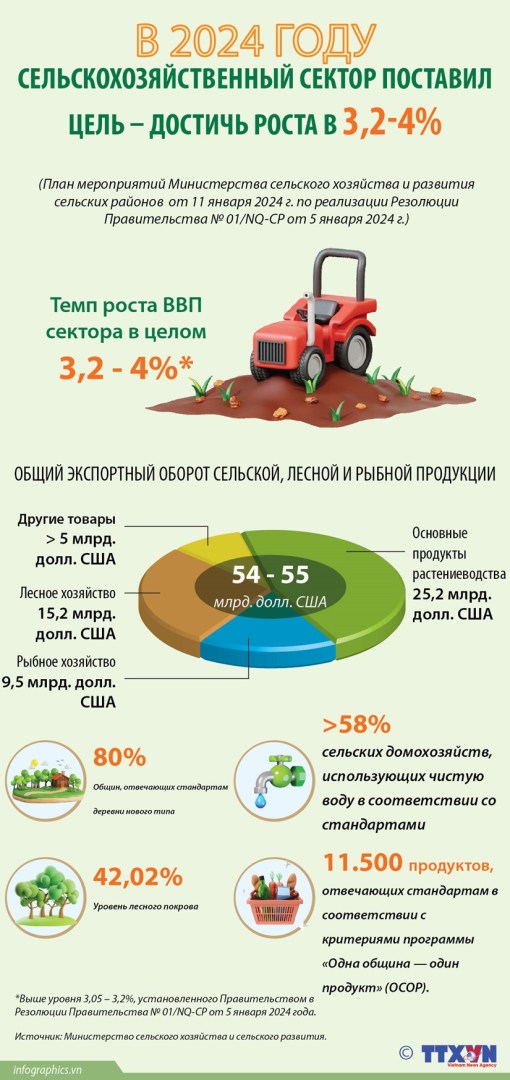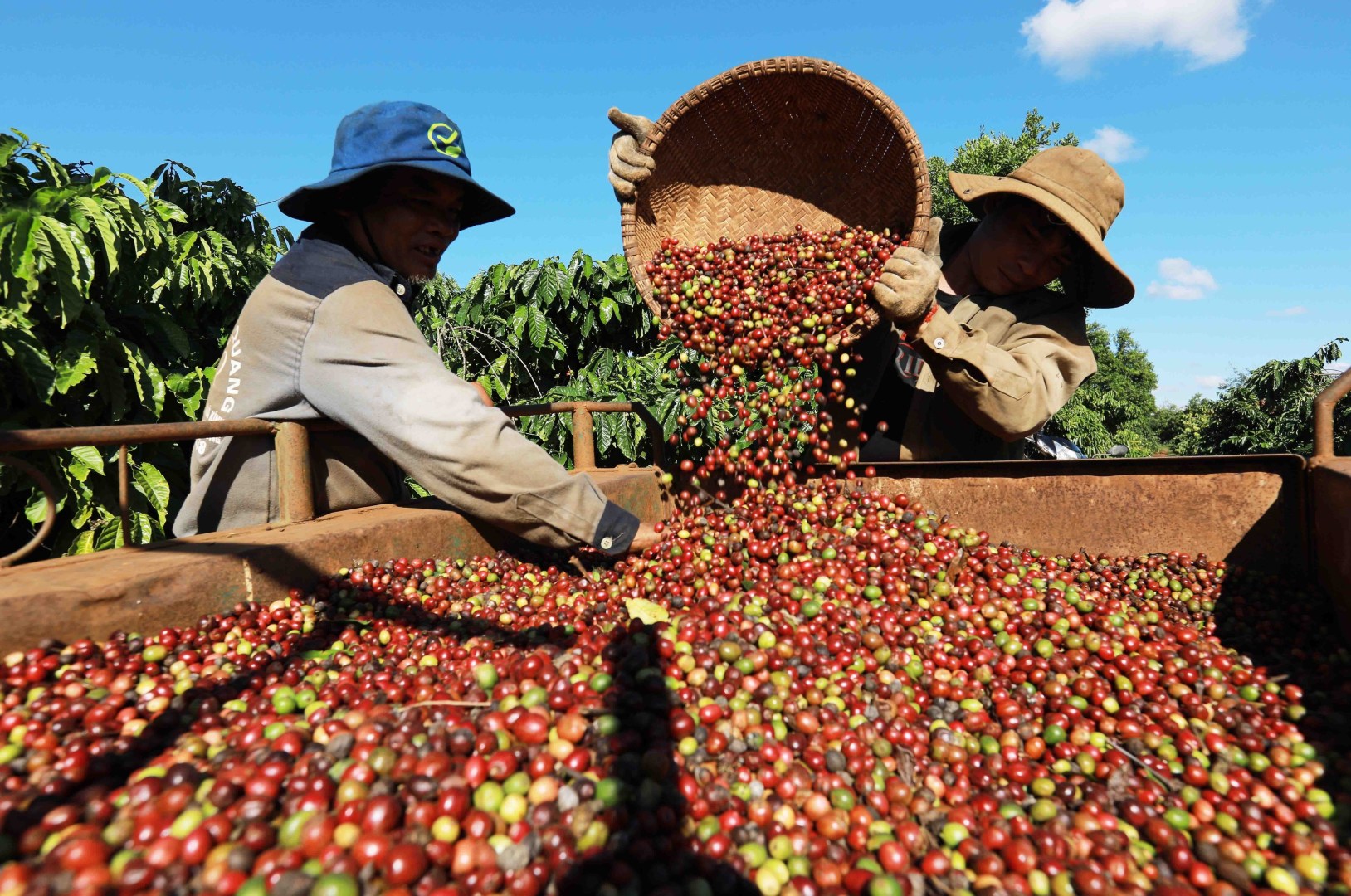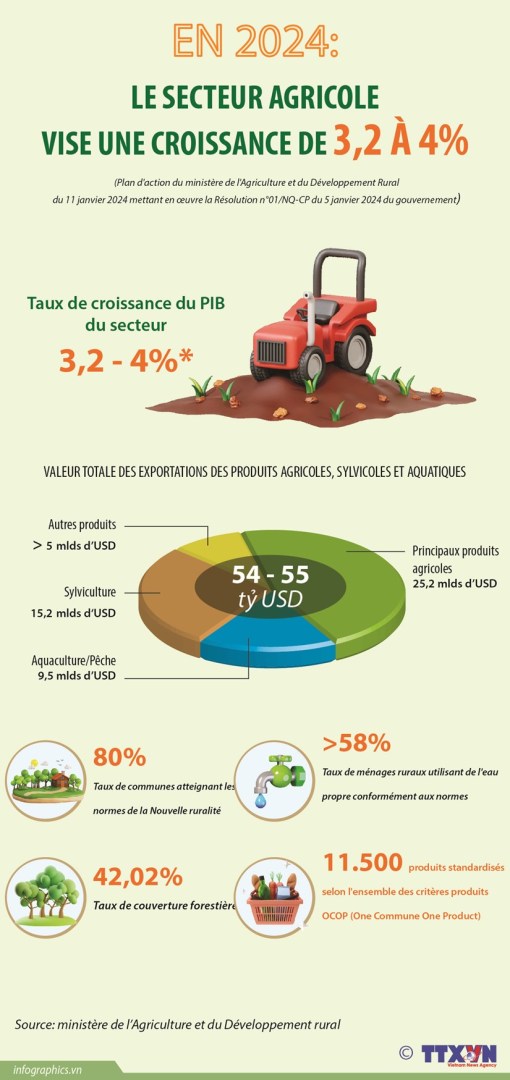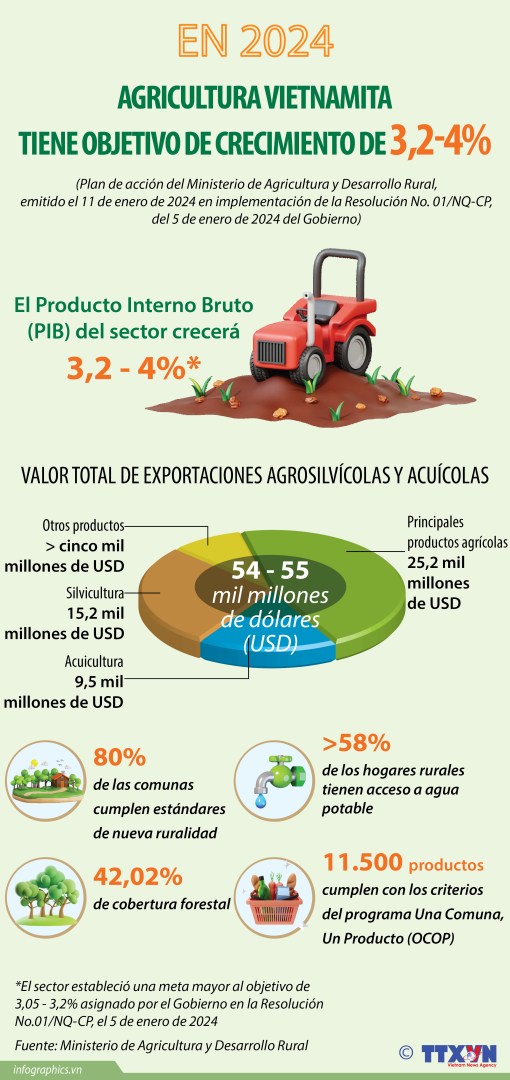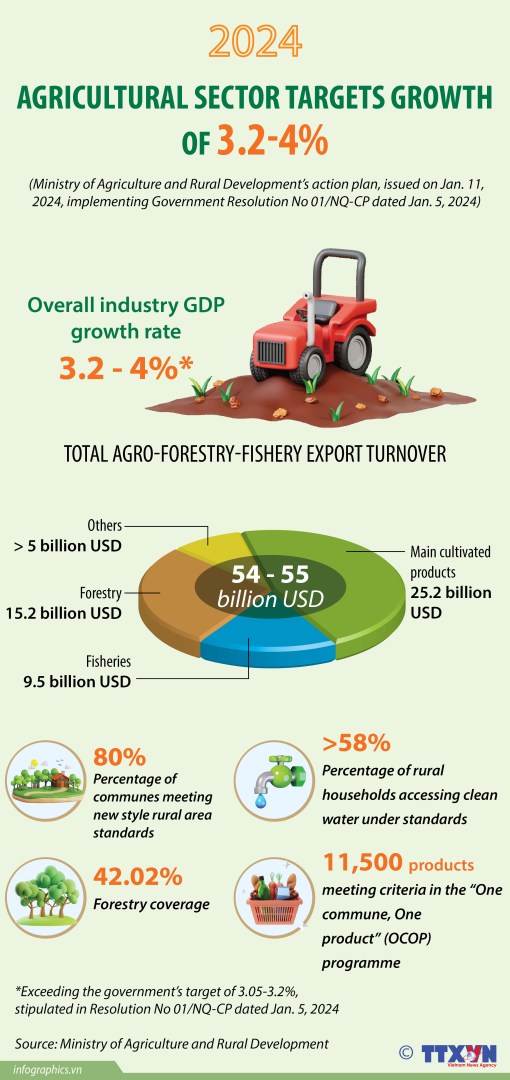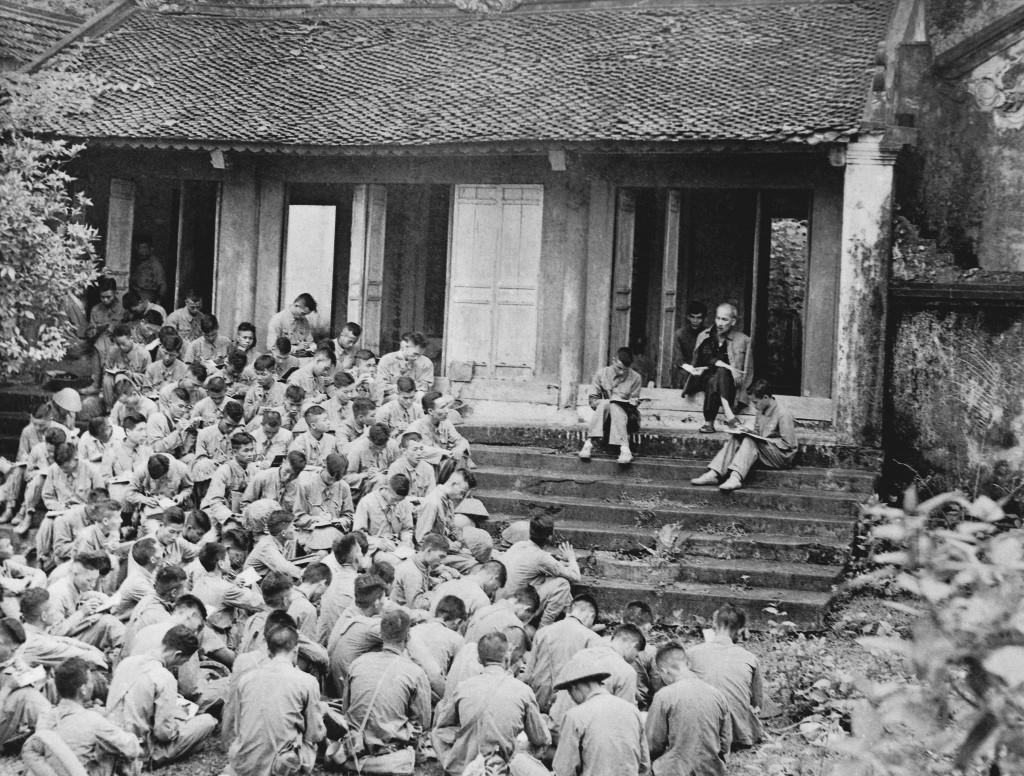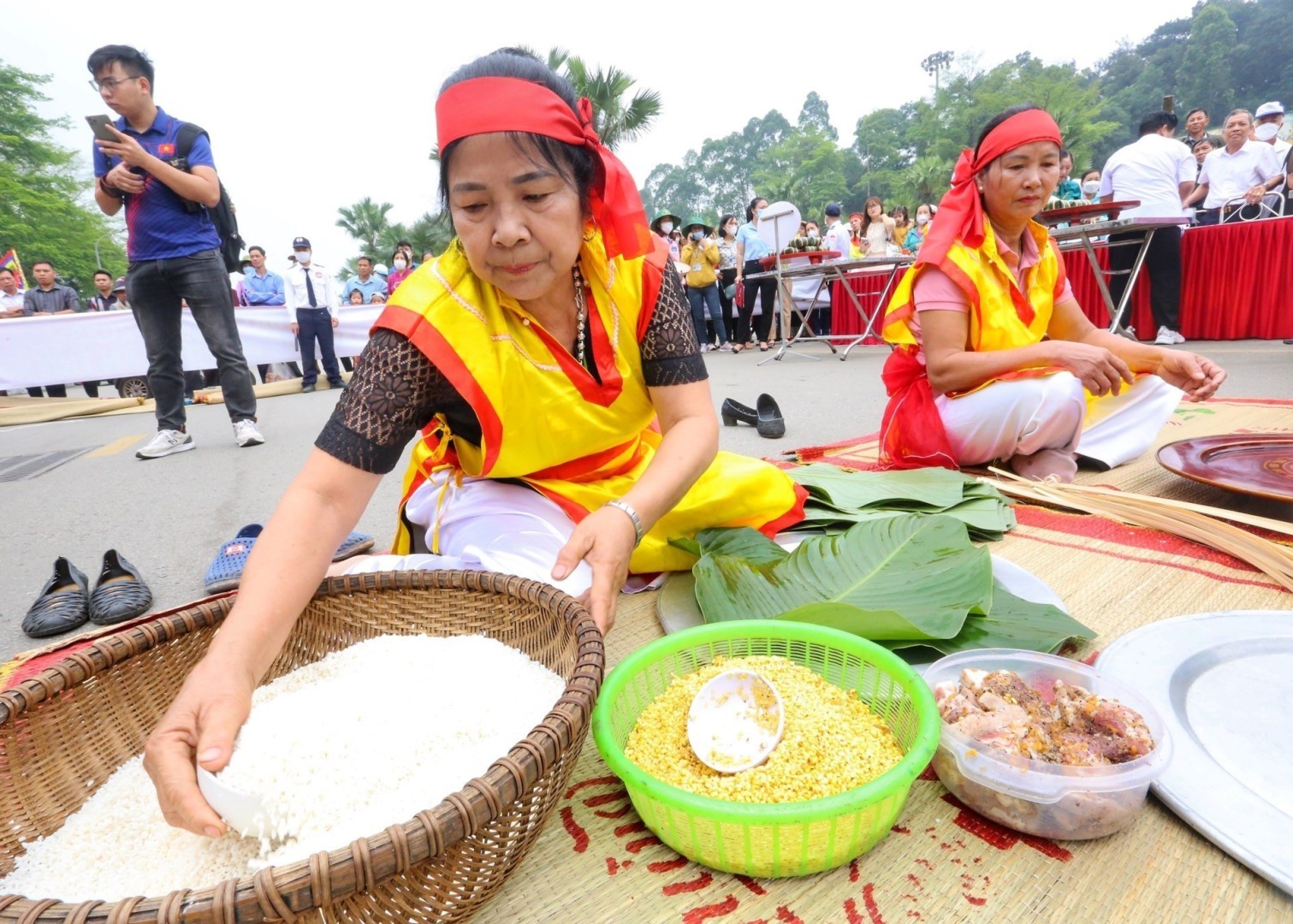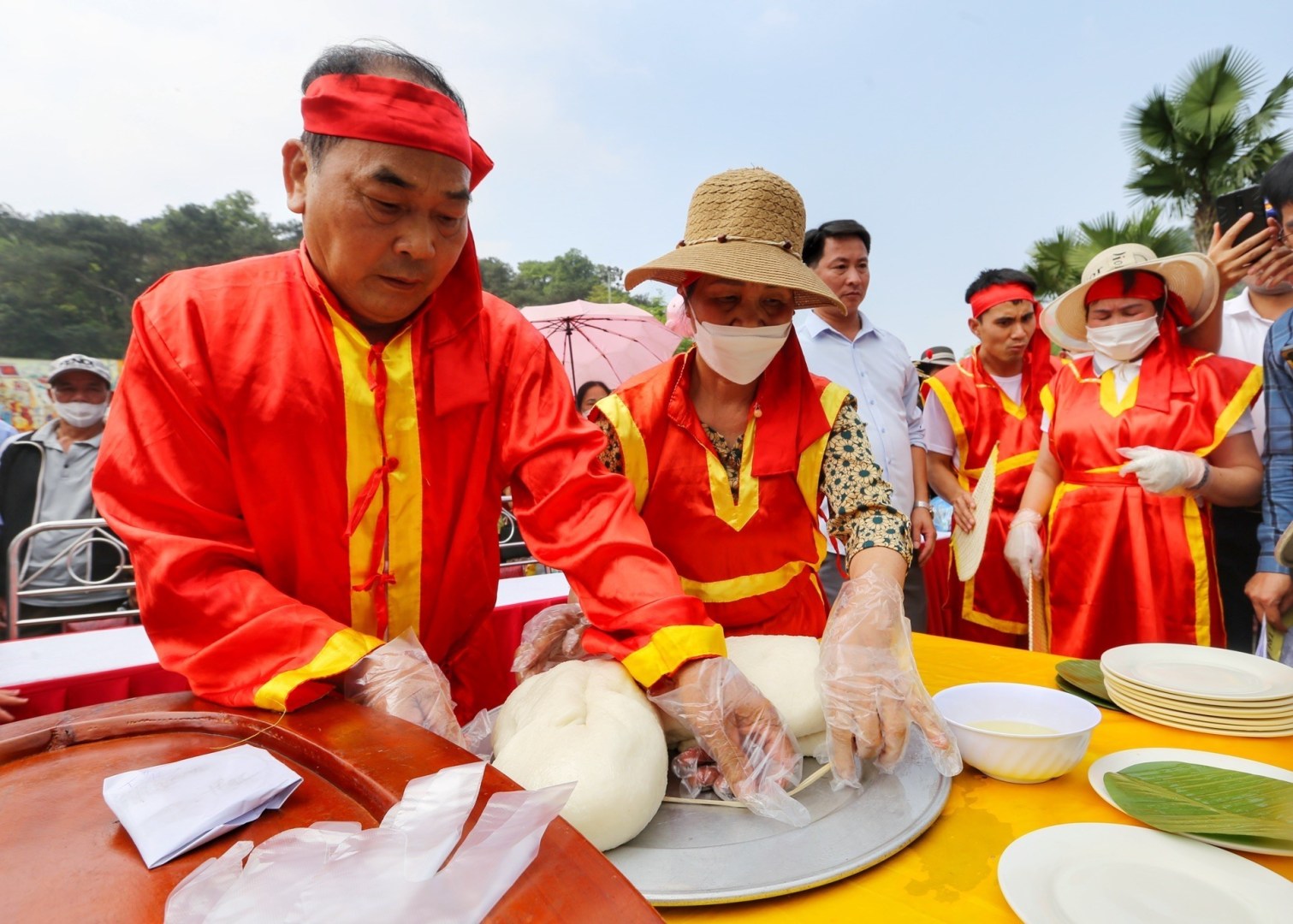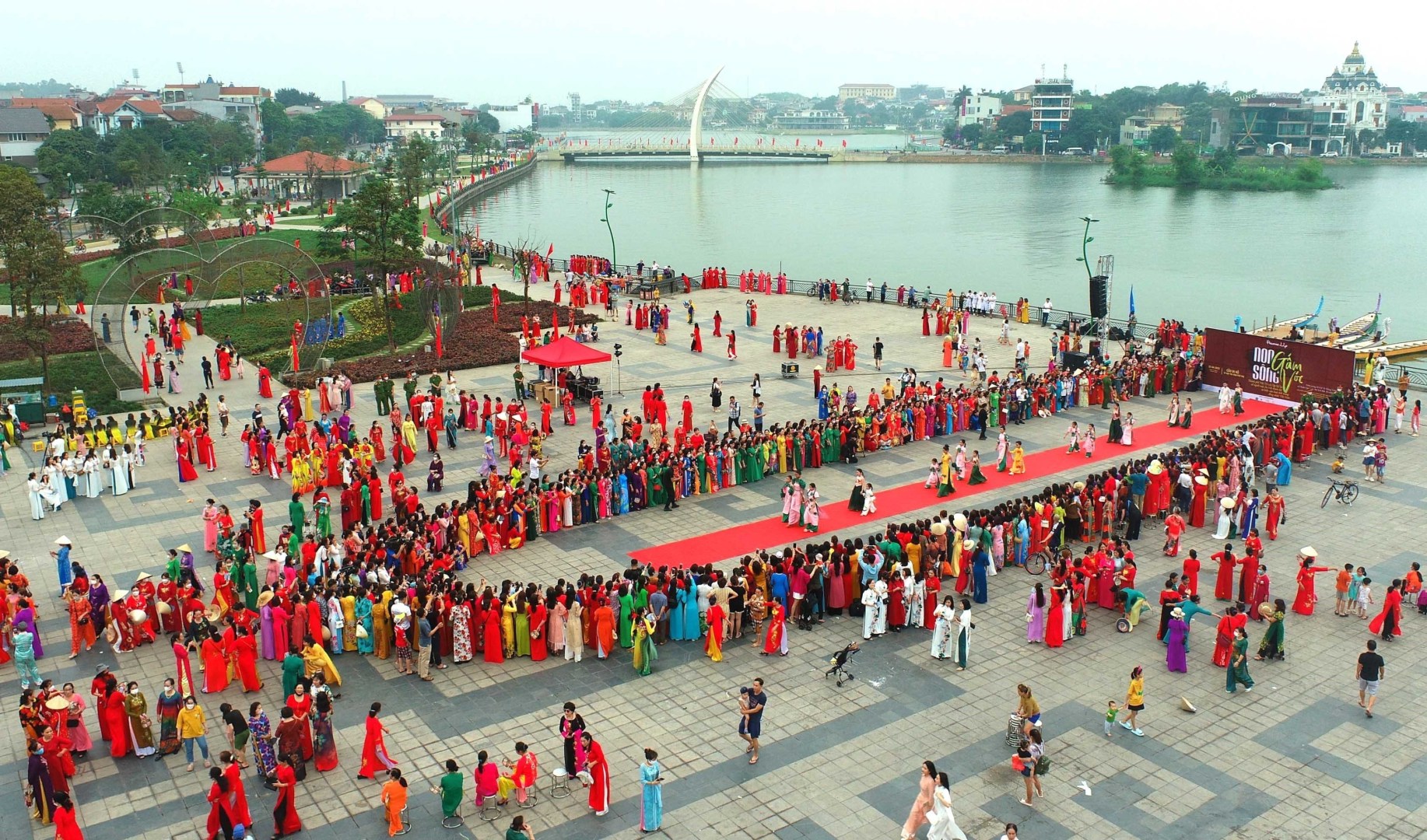
Seventy years ago, Vietnam won the Dien Bien Phu battle, forcing the French government to sign the Geneva Agreement in July 1954 and marking the end of the French military presence in the whole Indochina.
The historic victory echoes vividly these days as the nation is celebrating 70 years of the heroic fighting which was chalked up by patriotism, thirst for independence, great leadership, and international support.
Unforgettable memories
On March 13, 1954, the tranquility of the remote Northwestern valley was broken by the Viet Minh (the League for the Independence of Vietnam)’s artillery fired on Him Lam, the outermost post, marking the beginning of the Dien Bien Phu campaign.
After 56 days and nights of fierce fighting, the Vietnamese army crumbled the Dien Bien Phu stronghold, killing and capturing 16,200 enemy soldiers, shooting down 62 aircraft, and seizing all military supplies of the French enemy.
At 5:30pm on May 7, 1954, the Vietnamese’s army red and yellow flag rose atop the bunker of French commander, General De Castries. By the midnight on the same day, all the French-led troops were taken prisoners.

To win the victory and bring an end to the bitttersweet war, the Viet Minh soldiers had to fight not just with their courage and resilience but with their blood mixed with mud days and nights.
The battle cost Vietnam 4,020 dead, 10,130 injured and 792 missing, with up to 3,976 fallen soldiers now resting at three cemeteries near Doc Lap (Independence), Him Lam and A1 hills where they once fought, but only four of them have been identified so far.

Ferocious battle
Today, Dien Bien Phu remains a glorious memory for many war veterans who wear the victory as a badge of honour but cannot forget the tragic death toll.
In a recent interview with the Vietnam News Agency, Dien Bien Phu veteran Luong Van Huong, 98, from Le Loi commune, Gia Loc district, Hai Duong province, recalled how he had to witness his comrades’ deaths all around him, their bodies were completely shattered by bombings. There were some platoons and squads wiped out entirely in a single day.

“My comrades fell next to me, their bodies were removed and buried somewhere.”
For 88 years old veteran Nguyen Duc Noi, also from Hai Duong province, pains from the old bloody battles have never faded away.
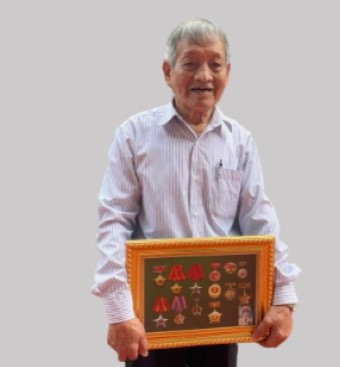
“Seeing dead soldiers lying all over the battlefield, I kept crying at night as I was just a 16 years old boy at that time. I knew I had to confront two things, one was the enemy, the other, death”.
A triumph of national solidarity
Throughout the campaign, President Ho Chi Minh always called for national solidarity and fighting efforts of soldiers, all for victory, freedom and independence of Vietnam.
In his letter sent to soldiers on March 11, 1954, he said the Dien Bien Phu battle was very difficult but also very glorious, expressed his firm belief that the soldiers would bring into play all their accumulated strength to win the fighting.

Right in the first lunge of the campaign on March 13, Vietnamese troops wiped out the Him Lam perimeter defence fortification, the strongest, and later other two resistance centres, Doc Lap on March 15, and Ban Keo, two days later, thus paralysing the northern gateway of the Dien Bien Phu base.
The President’s appeal had a powerful impact, giving timely encouragement to soldiers to overcome all quandaries and hardships, advancing to completely annihilate Dien Bien Phu – the supposedly impregnable French stronghold.





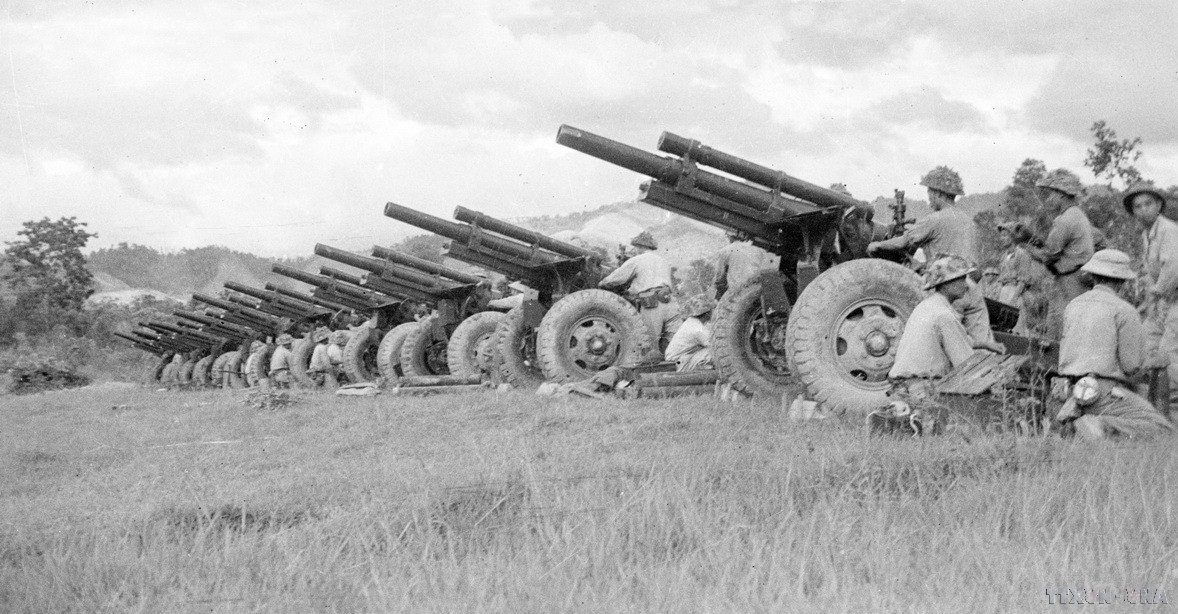

During the Dien Bien Phu campaign, tens of thousands of people engaged in transporting supplies to the frontline for soldiers, including ammunition and heavy-duty artillery.
Localities nationwide had sent thousands of people to the frontline to help with logistics work and contributed more than 25,000 tonnes of rice, together with thousands tonnes of other food to serve the campaign.

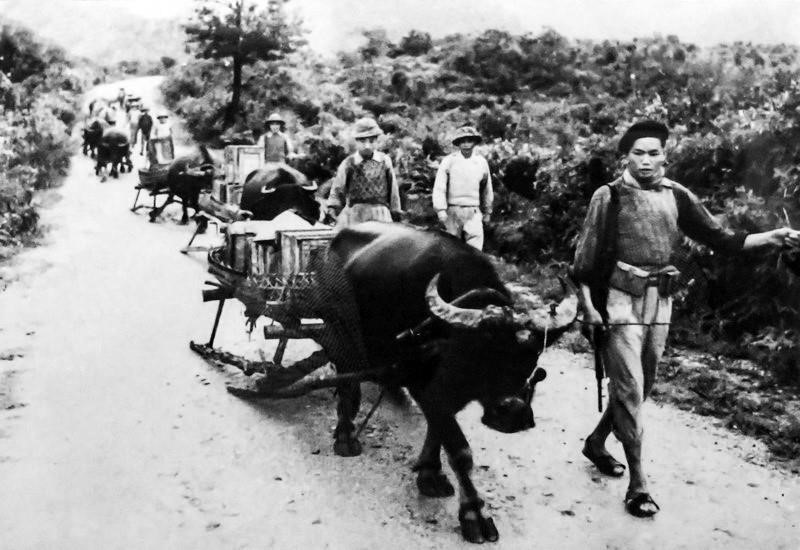
Carl Thayer, Emeritus Professor at the University of New South Wales (Canberra), told the Vietnam News Agency that the Dien Bien Phu campaign proved the efficacy of the people’s war through mobilisation of the whole population to oppose foreign aggression.
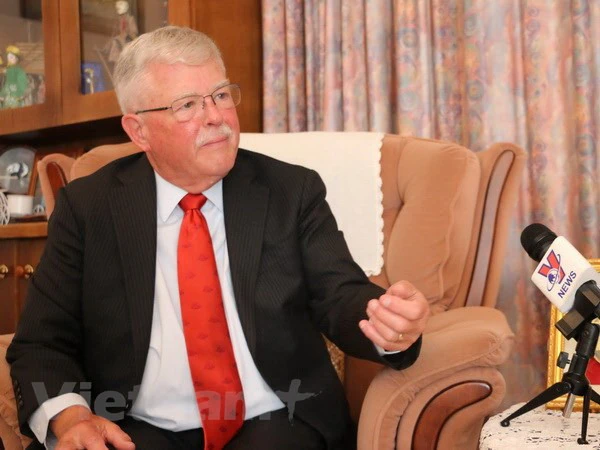
“The Dien Bien Phu campaign proved the efficacy of the people’s war through mobilisation of the whole population to oppose foreign aggression.”

“The strength of our military lies in the fighting spirit and boundless support of our people, supplemented by military artistry.”
General Vo Nguyen Giap
General Vo Nguyen Giap also said “The strength of our military lies in the fighting spirit and boundless support of our people, supplemented by military artistry.”
But his own role in crafting the historic victory and driving the French invaders out of Vietnam is no less vital, no less decisive.
At the beginning of the Dien Bien Phu campaign, General Giap initially planned to open a lightning-speed offensive with an aim to win the battle quickly and his order was already passed out to the entire army accordingly. However, after analysing the power balance of both sides, General Giap switched the campaign’s tactics to “prudent fight, firm advance”.
In his memoir titled “Dien Bien Phu Rendezvous with History,” the General recalled “it was the most difficult decision I had to make in my entire life!”

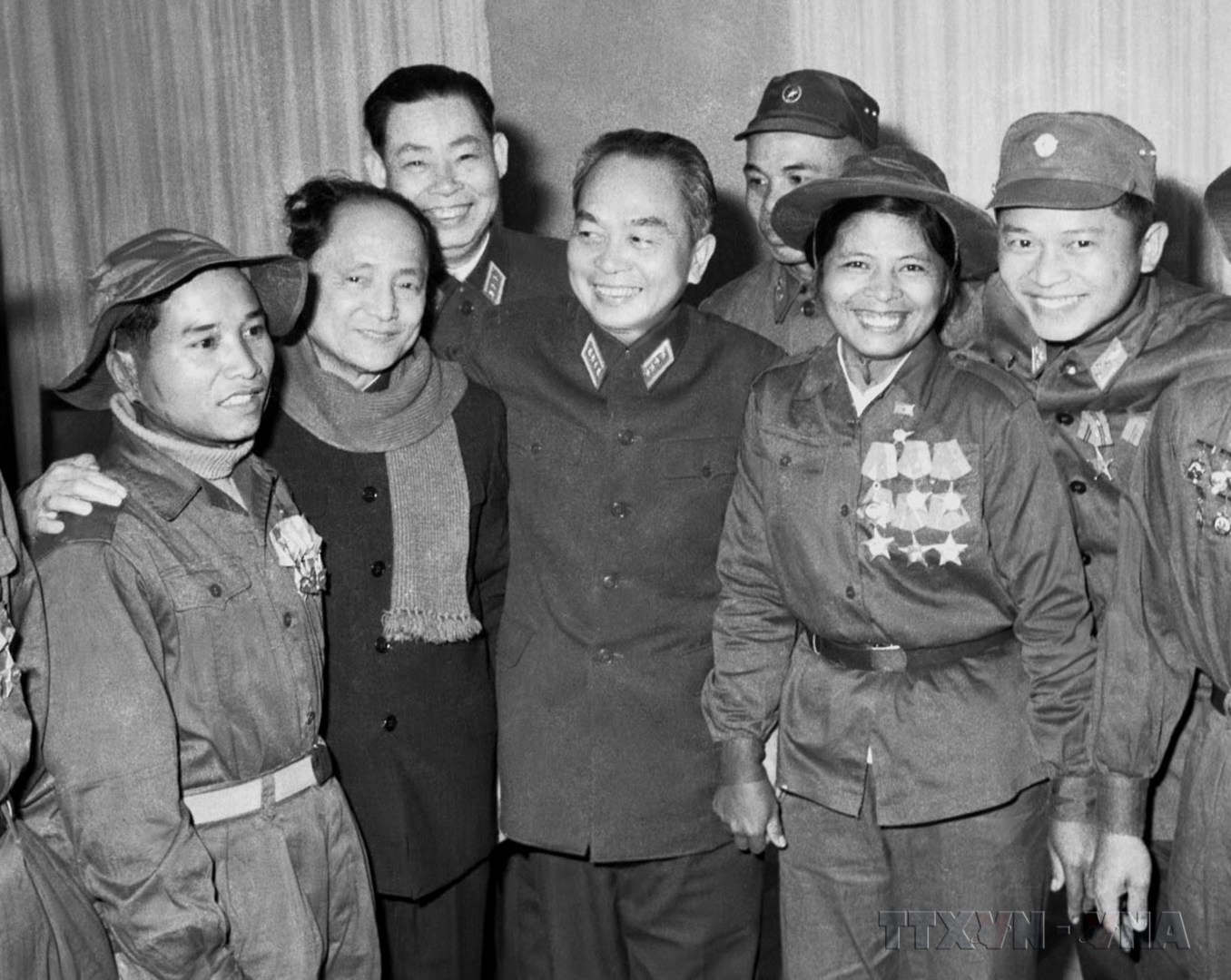


Asked about General Giap and Dien Bien Phu, Pierre Asselin, professor of history at Hawaii Pacific University said: “the best quality that General Giap had at Dien Bien Phu was flexibility. He was very flexible.”
“The best quality that General Giap had at Dien Bien Phu was flexibility. He was very flexible.”

Ending the war, restoring peace in Indochina
he Dien Bien Phu Victory marked an important turning point for Vietnam’s revolution, directly leading to the signing of the Geneva Agreement on ending the war and restoring peace in Indochina.
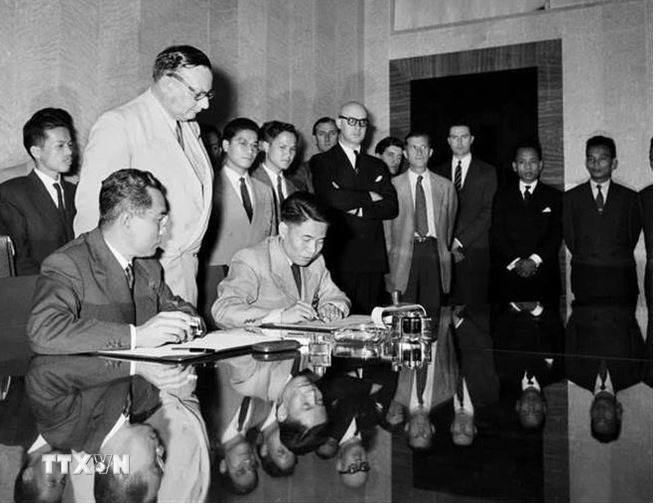

General De Castries, the commander of the French troops at Dien Bien Phu admitted after the defeat:
“One can defeat an army, but not a nation.”
General De Castries

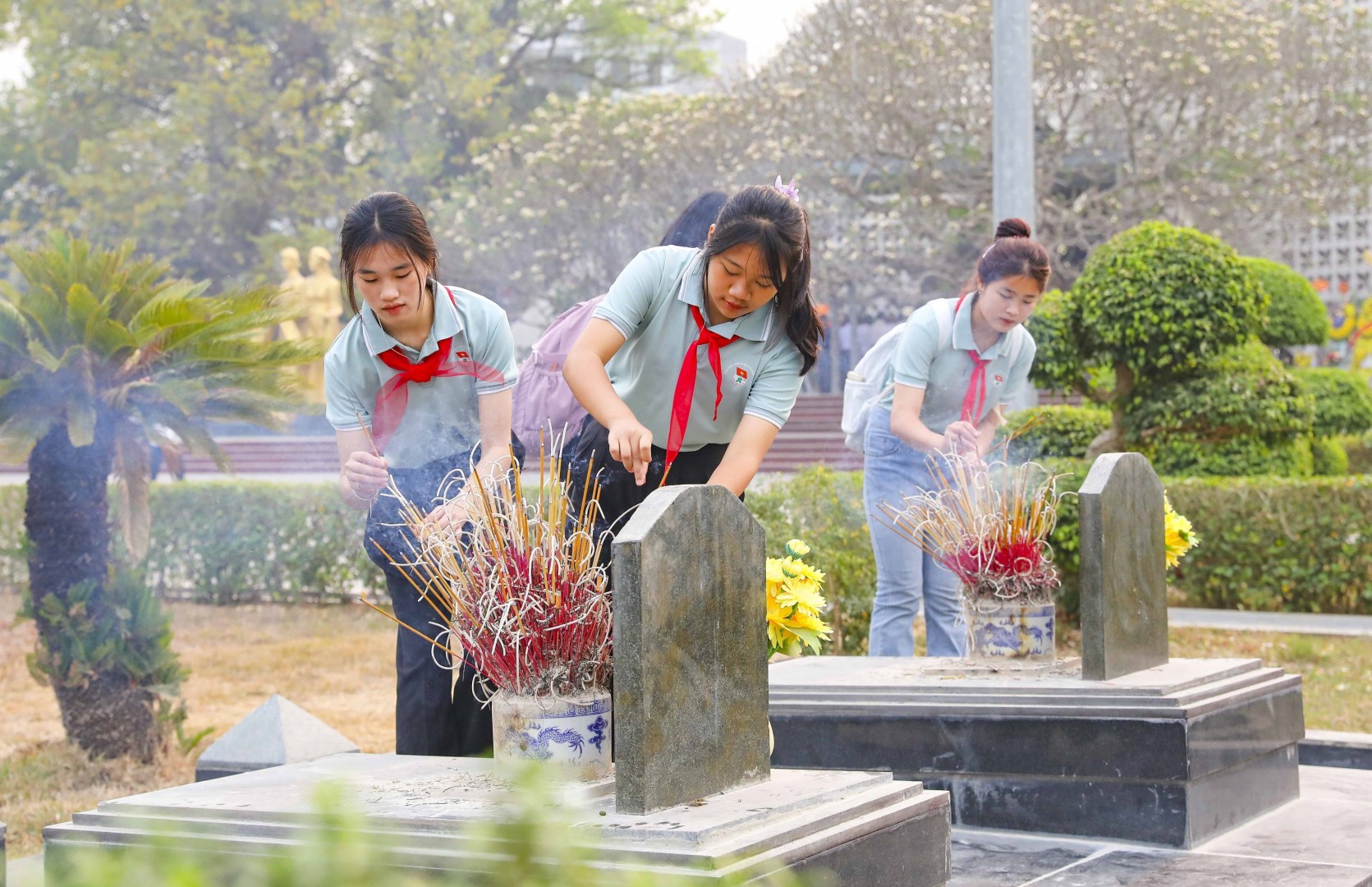
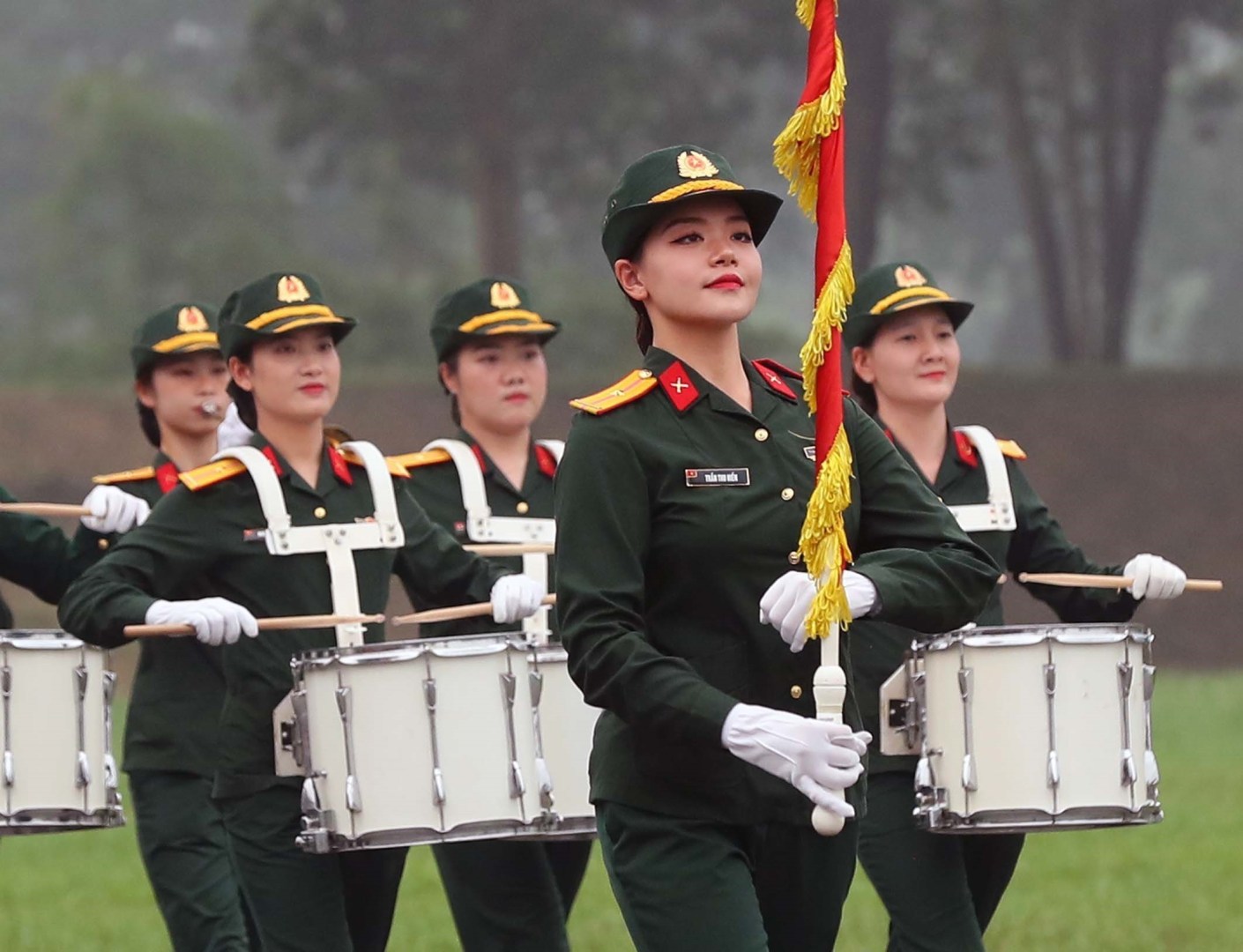

Dien Bien Phu Victory has inspired people of many African countries rising up to overthrow colonialism and gain independence for themselves a few years afterwards.
Chief of the General Staff of the Vietnam People’s Army and Deputy Minister of National Defence Senior Lieutenant General Nguyen Tan Cuong affirmed in an interview with the Vietnam News Agency on the occasion of the 70th anniversary of the Dien Bien Phu Victory.
“Seven decades have passed but the stature, meaning and lessons learnt from the great victory of Dien Bien Phu remains a source of great inspiration for the entire nation in the national construction and development.”
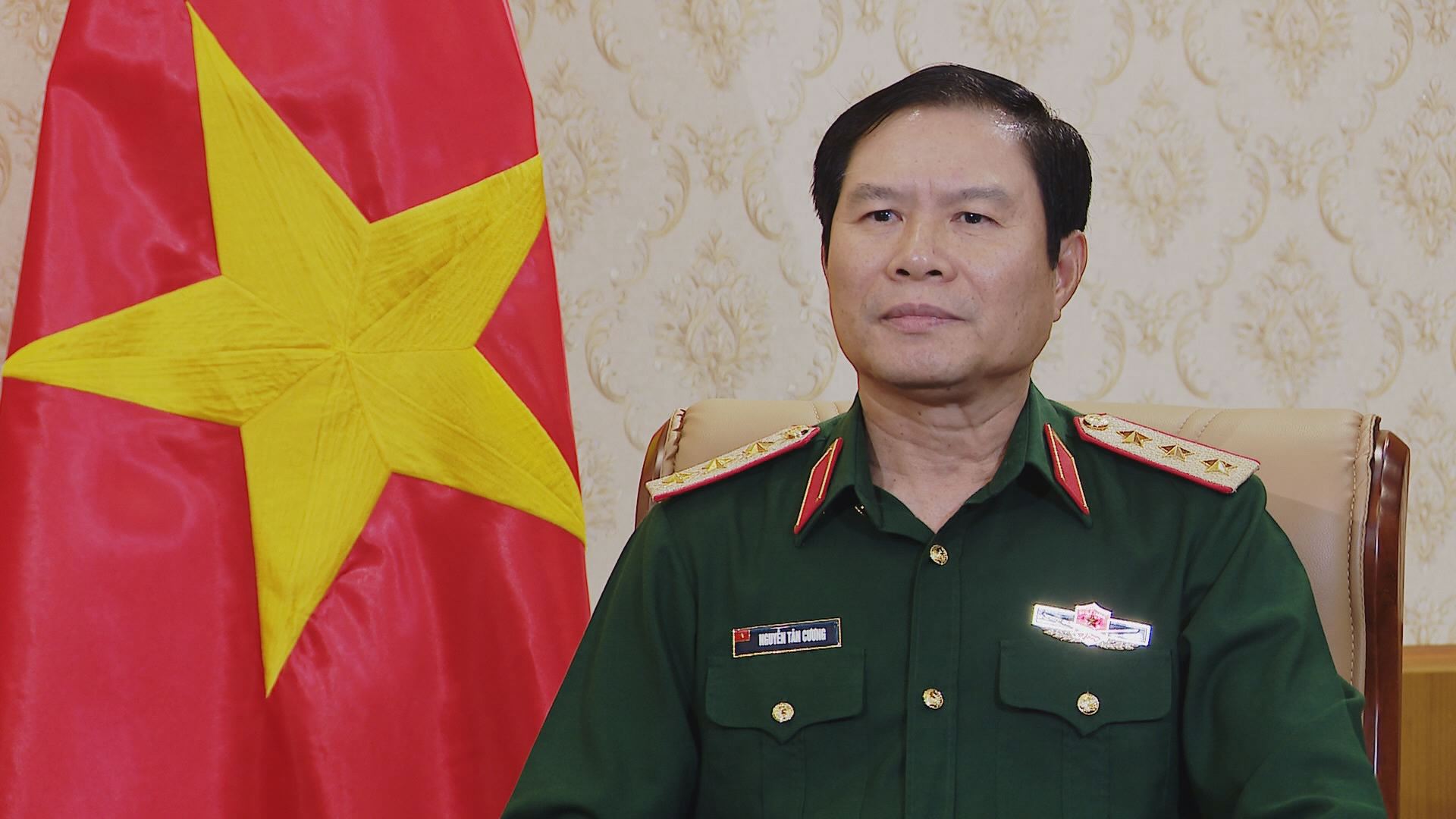
Shelving the past
Vietnam and France shared a tortuous period of history marked by not just twists and turns but tears and pains. However, above all, both countries have set aside the past, finding commonalities and moving the relationship forward for the benefits of two peoples.
Today, Vietnam and France are friends, not foes and the bilateral friendship and cooperation have grown robustly. The two countries marked the 50th anniversary of their diplomatic relations and the 10th anniversary of the establishment of their strategic partnership in 2023./.
